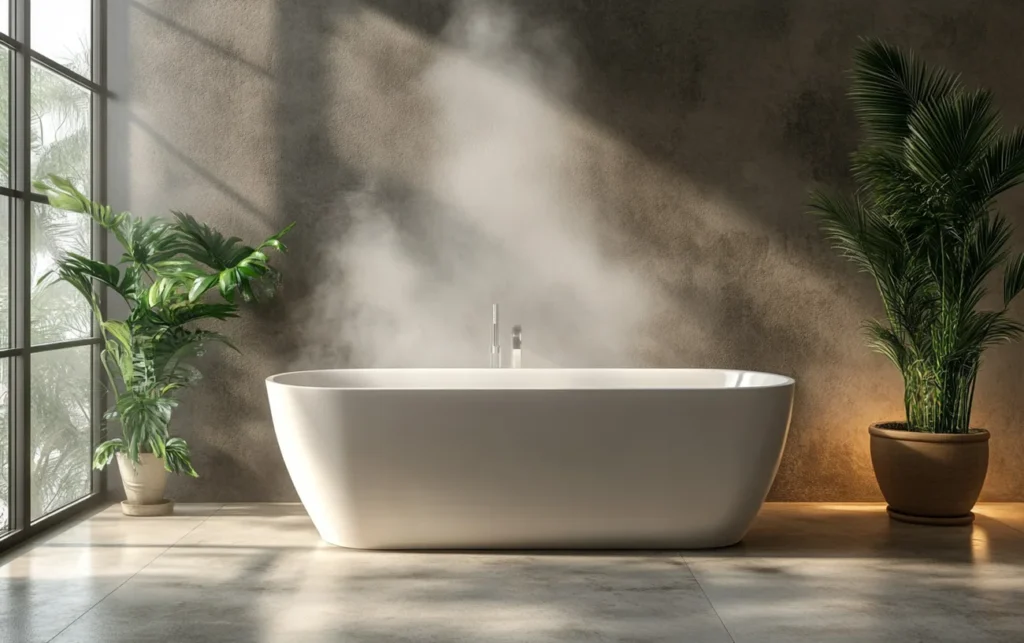The bathroom is one of the most humid areas in a home, often leading to uncomfortable conditions such as mold and mildew growth, and damage to surfaces. This article outlines effective strategies to manage and reduce humidity in the bathroom, ensuring a cleaner and more pleasant environment.
Understanding Humidity
Humidity refers to the amount of moisture in the air. In bathrooms, high humidity is often a result of hot showers and baths, which not only creates discomfort but can also promote the growth of mold and bacteria.
Tips for Reducing Humidity
Here are some practical tips to help you manage humidity levels effectively:
- Ventilation is Key: Ensure your bathroom is well-ventilated. Install an exhaust fan that runs for about 20-30 minutes after a shower to remove excess moisture from the air.
- Open Windows: If conditions permit, open windows to allow fresh air to circulate. This natural ventilation can help maintain lower humidity levels.
- Use a Dehumidifier: Consider investing in a portable dehumidifier, especially in bathrooms without windows or adequate ventilation.
- Shorten Showers: Limit your shower time, and try using cooler water which produces less steam and heat.
Preventing Mold Growth
In addition to reducing humidity, it’s essential to take steps to prevent mold growth:
- Regular Cleaning: Clean surfaces regularly with mold-killing solutions to prevent mold from taking hold.
- Use Mold-Resistant Products: When renovating, consider mold-resistant paints and tiles designed specifically for bathroom use.
- Wipe Down Surfaces: After bathing or showering, use a squeegee or towel to wipe down walls, glass, and tiles to remove excess water.
By implementing these tips, you can effectively manage humidity levels in your bathroom, creating a healthier and more comfortable space. Regular maintenance and attention to ventilation are key to preventing problems associated with high humidity.

